Dehydroepiandrosterone (DHEA) is a C19 steroid also known as 5-androsten-3 beta-ol-17-one. DHEA and DHEAS (an active, sulfated form of DHEA), are endogenous hormones secreted by the adrenal cortex in primates and a few non-primate species in response to ACTH. DHEA is a steroid precursor of both androgens and estrogens, and thus is often called ‘the mother hormone’. Endogenous DHEA is thought to be important in several endocrine processes, but current medical use of DHEA is limited to controlled clinical trials. In 1997, Pharmadigm, Inc. received an orphan drug designation to enroll patients with thermal burns who require skin-grafting into trials using injectable DHEAS, known as PB-005.
Researchers continue to investigate the role of both endogenous and exogenous DHEA in CNS, psychiatric, endocrine, gynecologic and obstetric, immune, and cardiovascular functions.1 GeneLabs Technologies, Inc., submitted an NDA in September 2000 for its proprietary DHEA product, called prasterone (Prestara™, formerly known Aslera™ or GL-701). Prasterone appears to attentuate some symptoms of mild-to-moderate systemic lupus erythematosus (SLE) and may increase bone density based on evidence from two phase III studies in women; studies in men with SLE are ongoing. The FDA placed Prestara™ under a 6-month priority review status in October 2000; on April 19, 2001 the FDA stated that although the drug showed advantages over placebo in one study, the advantages were not statistically significant. Additional data were submitted to the FDA following a ‘not approvable’ letter on June 26, 2001.
On September 2, 2002, the FDA issued an ‘approvable’ letter for the Prestara™ product, but the agency has asked for additional clinical trial data regarding the drug’s effects on bone mineral density before granting final approval for SLE. The manufacturer began a confirmatory phase III trial in early 2003; the primary endpoint will be measurement of bone mineral density of the lumbar spine; the trial is targeted for completion at the end of 2003. In October 2004, the manufacturer released information that Prestara™ therapy did not meet the primary end point in the confirmatory trial. In August 2003, Paladin Labs Inc., received orphan drug designation from the FDA for prasterone, dehydroepiandrosterone, DHEA, under the brand name Fidelin™, for adrenal insufficiency.


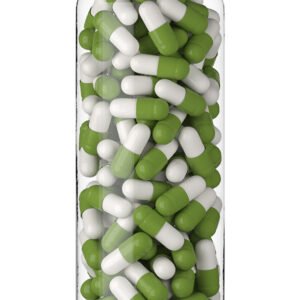

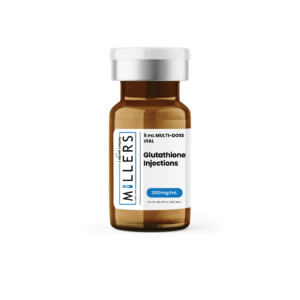
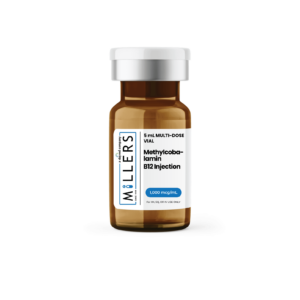



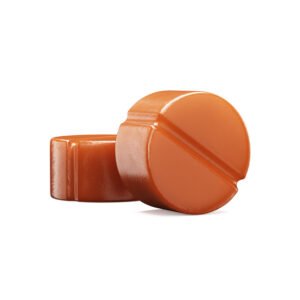
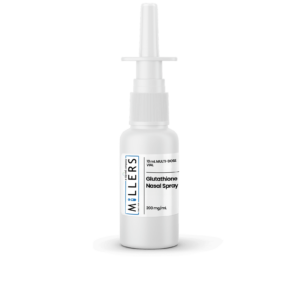

Reviews
There are no reviews yet.